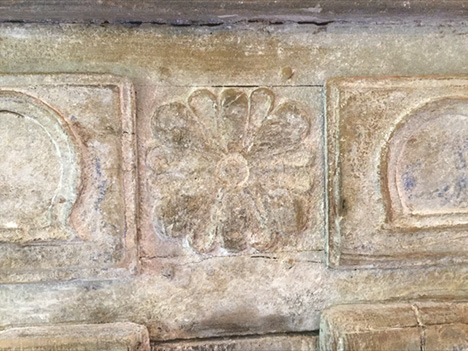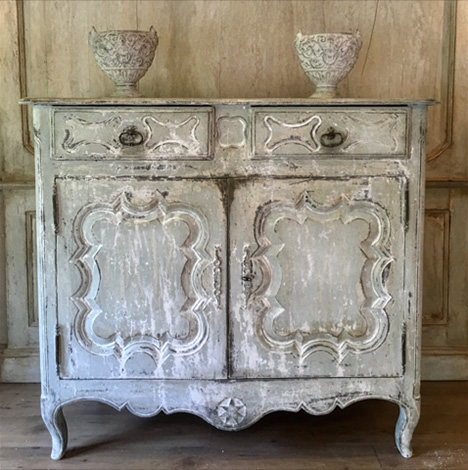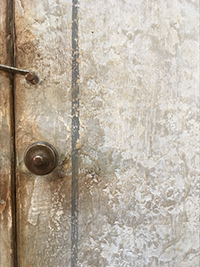Falegnameria Firenze - the workshop
The workshop where my woodworking happens is not a cutting-edge factory but a studio equipped for the work, using traditional tools and methods.
My philosophy is not to take on too many jobs at the same time but to dedicate the time and effort necessary for each project, working with enthusiasm and in the belief that manual work is nothing less than a reflection of our inner being.
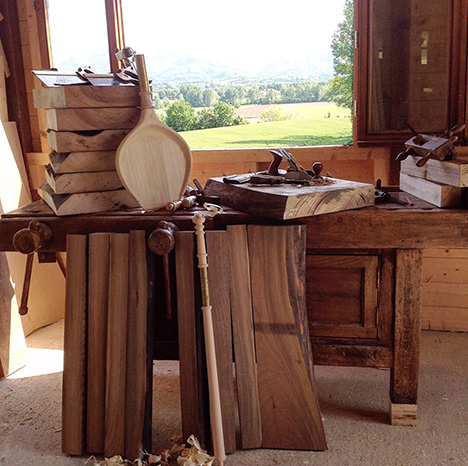
Only unique pieces
Every item made here can be considered unique, from design through to delivery. This is due to an entirely artisan way of working which aims to harmonise the piece with the exact place where it will be positioned, and above all to satisfy the tastes and specific requirements of the person who orders it.
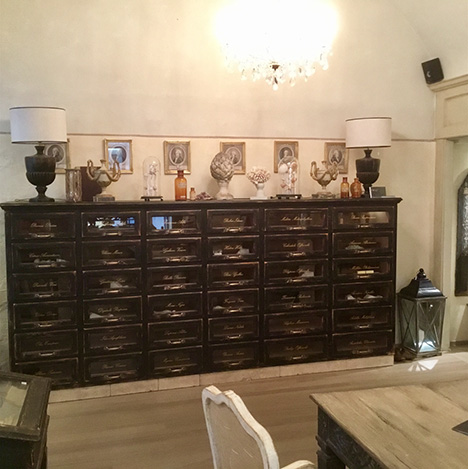
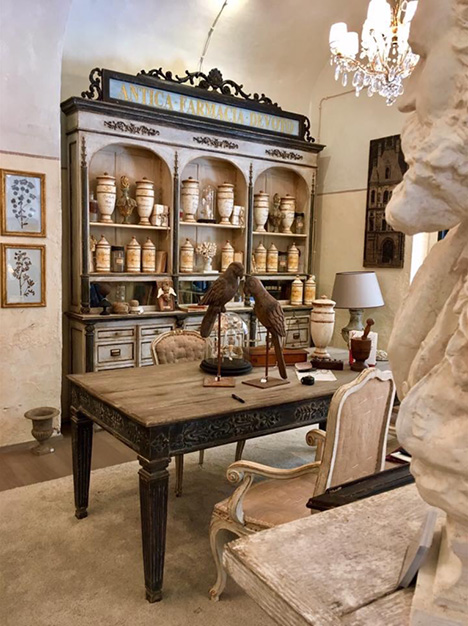
Some examples and suggestions of processes according to the type of wood chosen:
Natural
The amber transparency of French polish brings out the grain of the wood. In this process the finish comes from beeswax (mixed with vegetable waxes to make it more hard-wearing), which gives the wood a characteristic smooth, velvety feel.
Handplaning
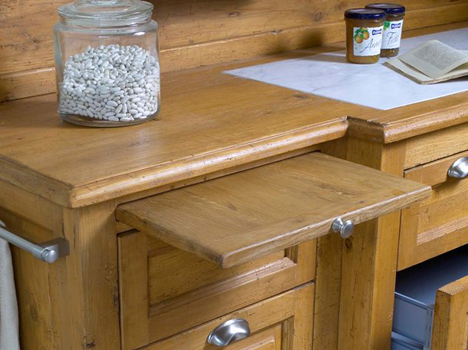
Detail of a chopping board - Falegnameria Biagioni - Florence
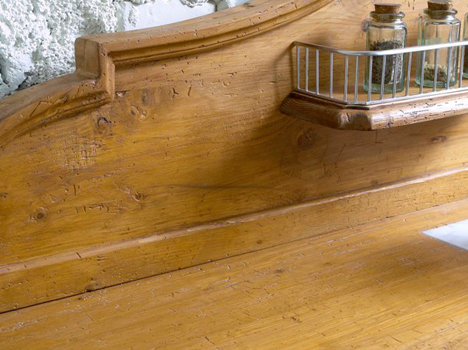
Detail of a workbench - Falegnameria Biagioni - Florence
Handplaning is particularly recommended for chestnut and larch, although ultimately any wood can be planed.
With chestnut and larch, a patina is added which results in a rustic effect, giving the impression of age.
Patinas
Patinas are the best way of creating a harmonious contrast of light and shade, both in antiqued lacquers and in the aging of natural wood.
Little is known about patinas, as they are not technically paints but natural techniques handed down in the privacy of the workshop rather than described in manuals.
I remember I was once contacted by a craftsman from Florence who specialised in gesso. Now, we know that gesso is white and not easy to paint; it's also quite fragile and flaky.
This man told me that one day he was in the garden fertilizing his hydrangeas with iron sulphate, and he accidentally spilt the compound over some gesso. When he looked at the gesso again after a few days, he noticed a marbled effect, and that was how he discovered the patina for gesso.
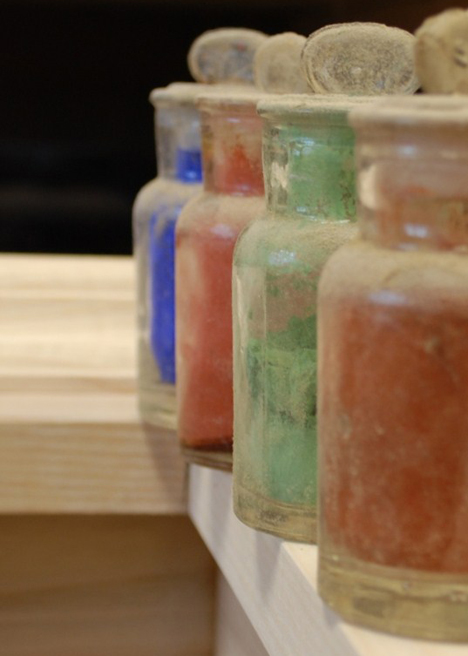
Colours of Roussillon
Decoration
This is a branch of painting, in which we see the harmony of the whole
piece come together.
I recall the words of a dear artist friend of mine, Italo: "You see, at my age I shouldn’t do the decorations with my normal hand, I should hold the brush in my left had to make the design more spontaneous. Even if the shapes turn out more childish, I would be able to express the beauty that maybe the other hand hides under the precision and rigidity of the confident strokes which are the inevitable result of my experience".
Intaglio
My memory takes me back to those summer nights in the country when my older brother perfumed the air with melting beeswax and turpentine.
He used to say that he could already see in the log the object he wanted to carve, so all he did was get rid of the excess wood.
He would then polish the carving with a warm cloth and wax.
I believe you can learn some occupations, but the artistic ability of intaglio is essentially a gift. Using this technique we can further embellish and enhance our furniture.
